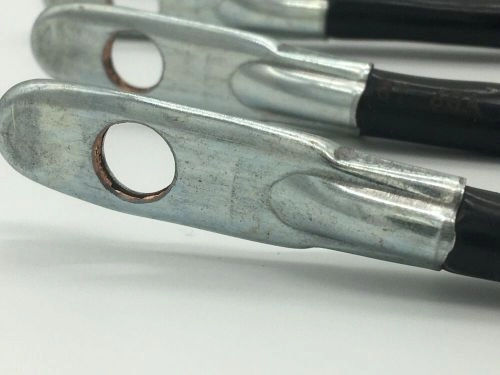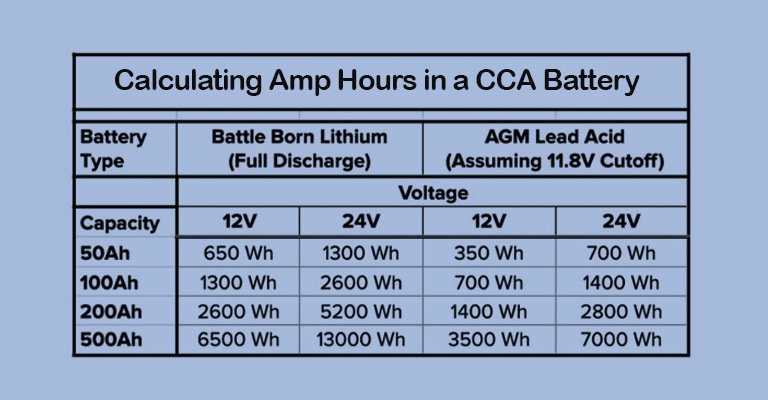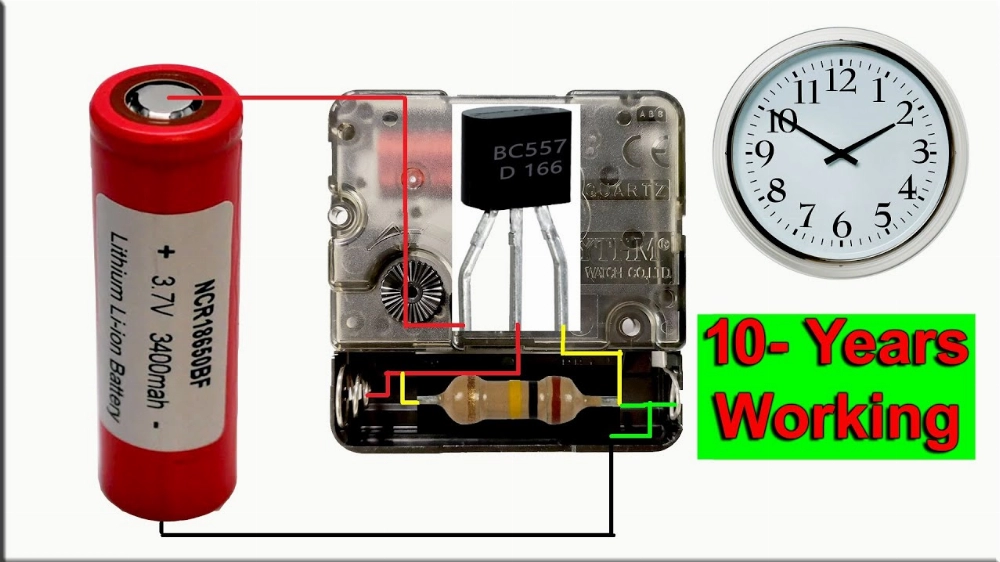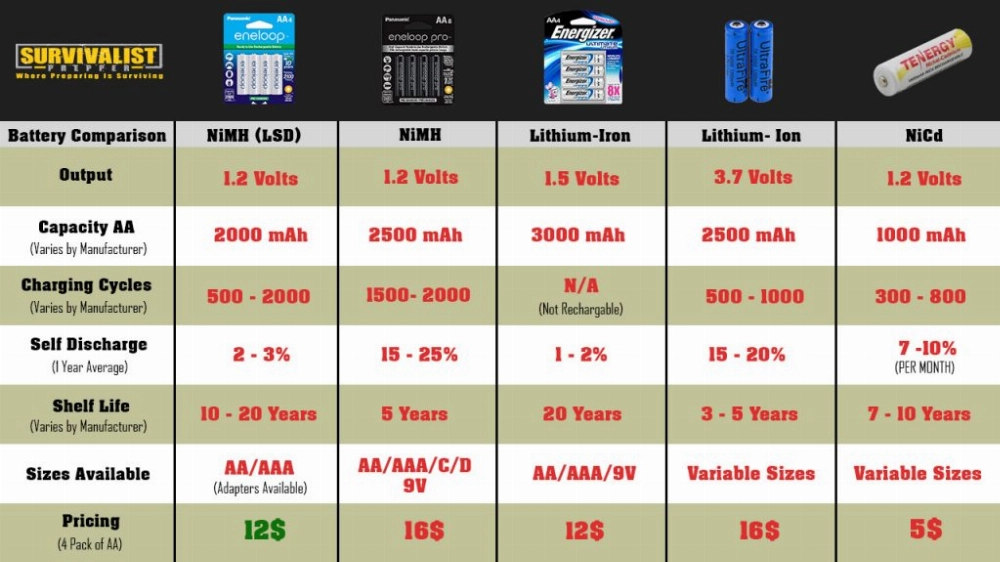Golf Cart Battery Cables: A Comprehensive Guide
This detailed guide will explore the important world of golf cart battery cables, explaining their crucial role and highlighting their importance. We will introduce various types, key parameters, connection methods, and provide advice on choosing the right cable for your unique needs. Understanding these key components better will ensure your golf cart runs efficiently, safely, and smoothly.
Part 1: What are Golf Cart Battery Cables?
Golf cart battery cables are not just simple wires. They are specifically designed to handle the high currents generated by golf cart batteries, which are often lead-acid batteries capable of delivering high power. These cables are designed to withstand frequent use, harsh environments and the cart’s continuous vibrations.
Part 2: Types of Golf Cart Battery Cables
Golf cart battery cables are not “one-size-fits-all.” There are a wide variety of cables available, each tailored for specific applications. Understanding the differences between these types is crucial for choosing the right cable for your *golf cart*.
Standard Golf Cart Battery Cables
Standard cables are the most commonly used type for everyday golf carts. These cables are typically made of copper, known for its excellent conductivity, and are equipped with a thick, durable insulation layer. The insulation layer protects the wires from abrasion, moisture, and high temperatures, ensuring their durability. Standard cables are favored for their reliability, cost-effectiveness, and ability to meet the typical power requirements of golf carts.
Flexible Golf Cart Battery Cables
As the name suggests
How to Choose the Right Electric Golf Cart Battery Cables
Choosing the correct electric golf cart battery cables is crucial to ensuring your cart runs efficiently and safely. Using the right cables can optimize the performance and lifespan of your golf cart’s electrical system. Here are key factors to consider when selecting the best battery cables for your golf cart.
Cable Length
The length of the battery cables is one of the most important factors to consider. Before purchasing cables, measure the distance between the battery and the motor to ensure you have enough length for a secure connection. Avoid using cables that are too short, as this can strain the connections and potentially cause damage. On the other hand, cables that are too long can lead to unnecessary voltage drop, reducing the efficiency of your electrical system.
Insulation
The insulation on the cables is essential for protecting the wires from damage and preventing short circuits. Choose cables with high-quality insulation that is resistant to heat, abrasion, chemicals, and moisture. Durable insulation protects the cables from external factors, prolonging their lifespan and reducing the risk of electrical risks.
Material
The conductor material inside the cables plays a vital role in their overall performance. Copper is the most commonly used material for golf cart battery cables due to its excellent conductivity and corrosion resistance. Aluminum is a cheaper alternative, but it has slightly lower conductivity and is more susceptible to corrosion. For optimal performance and durability, choose cables made from high-quality copper.
Ampacity
Ampacity refers to the maximum amount of current a cable can safely carry without overheating. Ampacity is influenced by factors such as cable gauge, insulation, and operating temperature. Ensure that the cables you choose have an ampacity that meets or exceeds the current requirements of your golf cart’s electrical system. Using cables with insufficient ampacity can lead to overheating, damage, and electrical hazards.
How to Connect Electric Golf Cart Battery Cables
Connecting golf cart battery cables is a straightforward process, but it’s essential to proceed carefully to ensure a safe and reliable connection. Follow these steps to connect your battery cables correctly:
1. Disconnect the Battery
Safety should always be your top priority when working with electrical systems. Before connecting or disconnecting any cables, always disconnect the battery to prevent electric shock and damage to components.
2. Identify Terminals
Identify the positive (+) and negative (-) terminals on the battery, motor, and other components. The positive terminal is typically marked with a red (+) symbol, while the negative terminal is marked with a black (-) symbol. Connecting the cables incorrectly can cause serious damage to the electrical system and create safety hazards.
3. Connect the Cables
Connect the positive battery cable to the positive terminal on the motor or other component, respectively. Similarly, connect the negative battery cable to the negative terminal on the motor or other component. Ensure that the cables are securely attached to the terminals, using cable lugs or terminals as necessary.
4. Secure the Connections
After connecting the cables, make sure they are securely fastened to prevent loose connections that can lead to poor performance or electrical issues. Use cable clamps or terminals designed specifically for golf cart battery cables to ensure a secure and reliable connection.
5. Reconnect the Battery
Once you’ve confirmed that all connections are secure, reconnect the battery. Double-check all connections to ensure they are secure and that there are no loose wires.
How to Choose the Right Electric Golf Cart Battery Cables
Selecting the right electric golf cart battery cables is essential for ensuring safe, smooth, and efficient operation. Here are some key considerations when choosing battery cables for your golf cart:
1. Cart Type and Usage
Consider the type of golf cart you have and its intended use. If your cart is primarily used for recreational purposes, standard cables may suffice. However, for high-performance carts or those used for heavy-duty applications, high-amperage cables may be necessary.
2. Battery Pack Size and Voltage
The size and voltage of your battery pack will determine the current requirements of your golf cart. Larger battery packs with higher voltages require cables that can handle a higher current load.
A Complete Guide to Golf Cart Battery Cables
Part 1: Types of Battery Cables
When selecting golf cart battery cables, it is crucial to understand the types available. The primary types include:
- Copper Cables: These cables are known for their excellent conductivity, ensuring efficient power transfer. Copper is often the preferred material for high-performance carts.
- Tinned Copper Cables: Tinned copper cables offer enhanced corrosion resistance, making them ideal for golf carts used in harsh environments or high-humidity areas.
- Aluminum Cables: Aluminum cables are a more affordable option and are lighter in weight, but they are less conductive than copper. While not as efficient as copper, they are suitable for lower-power applications.
Part 2: Key Parameters to Consider
Several factors influence the selection of golf cart battery cables, including:
- Cable Gauge: Thicker cables (with lower gauge numbers) can handle more current, making it essential to select the appropriate gauge based on your cart’s motor power and voltage.
- Cable Length: The length of the cable can affect its performance. Longer cables can lead to voltage drop and reduced efficiency, so it’s best to choose a cable length that fits your setup.
- Ampacity: Ampacity refers to the maximum amount of current a cable can handle. Ensure you select a cable that can handle the current draw of your cart’s motor to prevent overheating and ensure safety.
- Insulation Material: The insulation of the cable protects against external damage and helps prevent electrical shorts. High-quality insulation is crucial for ensuring durability and safety, especially in challenging environments.
Part 3: How to Properly Connect Golf Cart Battery Cables
Proper connections are critical for optimal performance and safety. Here’s how to effectively connect the cables:
- Disconnect the Battery: Always disconnect the negative terminal first to prevent accidental shorts.
- Use Appropriate Tools: Use a wrench and a battery terminal cleaner to ensure secure and clean connections.
- Follow the Correct Order: Connect the positive cable to the battery first, followed by the negative cable. When connecting multiple batteries, ensure the cables are connected in series or parallel, depending on your voltage needs.
- Check for Tightness: Ensure all connections are tight to avoid power loss or overheating due to loose cables.
Part 4: Choosing the Right Golf Cart Battery Cables
When selecting the best cables for your cart, consider the following factors:
- Motor Type and Power: The type and power of the motor dictate the current draw. High-power motors require cables with higher ampacity to handle the increased load.
- Environmental Conditions: If your cart is exposed to extreme weather conditions, such as high humidity, extreme temperatures, or saltwater, choose cables with corrosion-resistant insulation and durable materials.
- Budget: The price of golf cart battery cables varies depending on the gauge, length, and insulation. Choose cables that meet your needs without exceeding your budget.
- Brand Reputation: Opt for cables from reputable brands known for their reliability and quality. It’s a good idea to look for cables with warranties to ensure they are built to last.
Part 5: Conclusion
Golf cart battery cables are crucial components that ensure the proper and safe operation of your cart. By understanding the different types, key parameters, connection methods, and how to choose the right cables, you can keep your golf cart running efficiently for years to come. Always prioritize safety and disconnect the battery before working on any electrical components. Invest in high-quality cables from reputable brands for optimal performance.
Related Tags:
- Golf Cart Battery Cables
- Golf Cart Electrical Connections
- Golf Cart Maintenance
- Electrical Safety Standards
Author: Ufine, Electrical Engineering Writer








